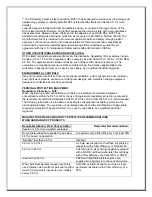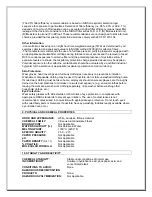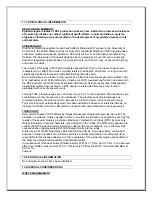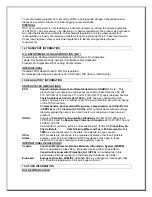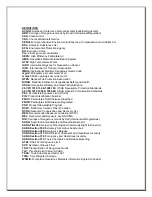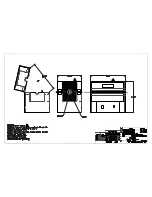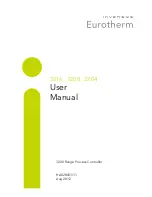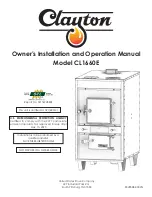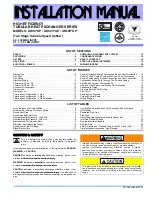
May cause temporary, mild mechanical irritation. Fibers may be abrasive; prolonged contact may
cause damage to the outer surface of the eye.
SKIN IRRITATION:
May cause temporary, mild mechanical irritation. Exposure may also result in inflammation, rash
or itching.
GASTROINTESTINAL IRRITATION:
Unlikely route of exposure.
MEDICAL CONDITIONS AGGRAVATED BY EXPOSURE:
Pre-existing medical conditions, including dermatitis, asthma or chronic lung disease may be
aggravated by exposure; individuals who have a history of allergies may experience greater
amounts of skin and respiratory irritation.
HAZARD CLASSIFICATION
Although studies, involving occupationally exposed workers, have not identified any increased
incidence of respiratory disease, results from animal testing have been used as the basis for
hazard classification. In each of the following cases, the conclusions are qualitative only and do
not rest upon any quantitative analysis suggesting that the hazard actually may occur at current
occupational exposure levels.
In October 2001, the
International Agency for Research on Cancer (IARC)
confirmed that
Group 2b (possible human carcinogen) remains the appropriate IARC classification for RCF.
The Seventh Annual Report on Carcinogens (1994), prepared by the
National Toxicology
Program (NTP),
classified respirable RCF as "reasonably anticipated" to be a carcinogen.
The
American Conference of Governmental Industrial Hygienists (ACGIH)
has classified
RCF as “A2-Suspected Human Carcinogen.”
The
Commission of The European Communities (DG XI)
has classified RCF as a substance
that should be regarded as if it is carcinogenic to man.
The
State of California
, pursuant to Proposition 65, The Safe Drinking Water and Toxic
Enforcement Act of 1986, has listed "ceramic fibers (airborne fibers of respirable size)" as a
chemical known to the State of California to cause cancer.
The
Canadian Environmental Protection Agency (CEPA)
has classified RCF as "probably
carcinogenic" (Group 2).
The
Canadian Workplace Hazardous Materials Information System (WHMIS)
– RCF is
classified as Class D2A – Materials Causing Other Toxic Effects
The
Hazardous Materials Identification System (HMIS)
–
Health 1* Flammability 0 Reactivity 0 Personal Protection Index: X (Employer Determined)
(* denotes potential for chronic effects)
4. FIRST AID MEASURES
FIRST AID PROCEDURES
RESPIRATORY TRACT (nose & throat) IRRITATION:
If respiratory tract irritation develops, move the person to a dust free location. Get medical
attention if the irritation continues. See Section 8 for additional measures to reduce or eliminate
exposure.
Summary of Contents for XST-2-0-12-1V1-E28
Page 16: ...12 FURNACE TROUBLE SHOOTING ...
Page 27: ...ɸ ...
Page 28: ...ɸ ...
Page 29: ......
Page 30: ......
Page 31: ...3216 3208 3204 User Manual 3200 Range Process Controller HA028651 11 Aug 2012 ...
Page 170: ...User Manual 3200 Series 138 Part No HA028651 Issue 11 0 July 12 21 Certificate of Conformity ...
Page 171: ......
Page 173: ...Model 2416 Process Controller User Manual Part No HA025041_12 Date August 2014 ...
Page 174: ...This page is intentionally blank ...
Page 259: ...This page is intentionally blank ...

















